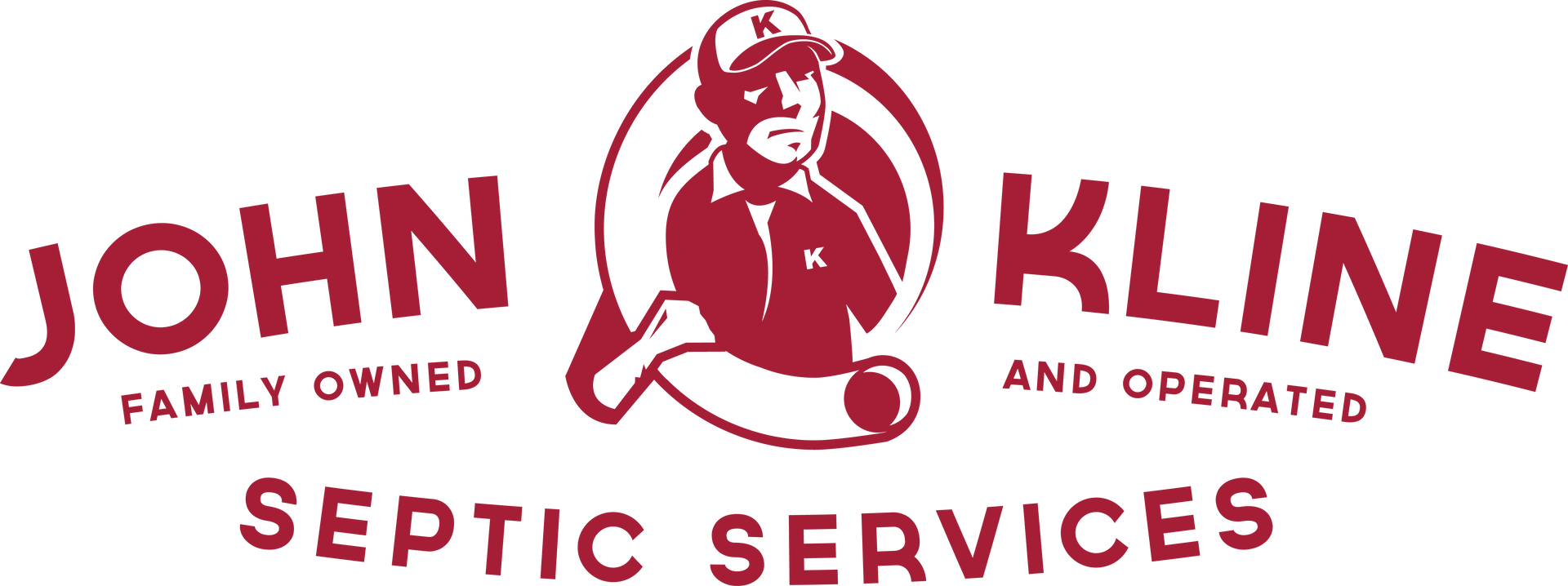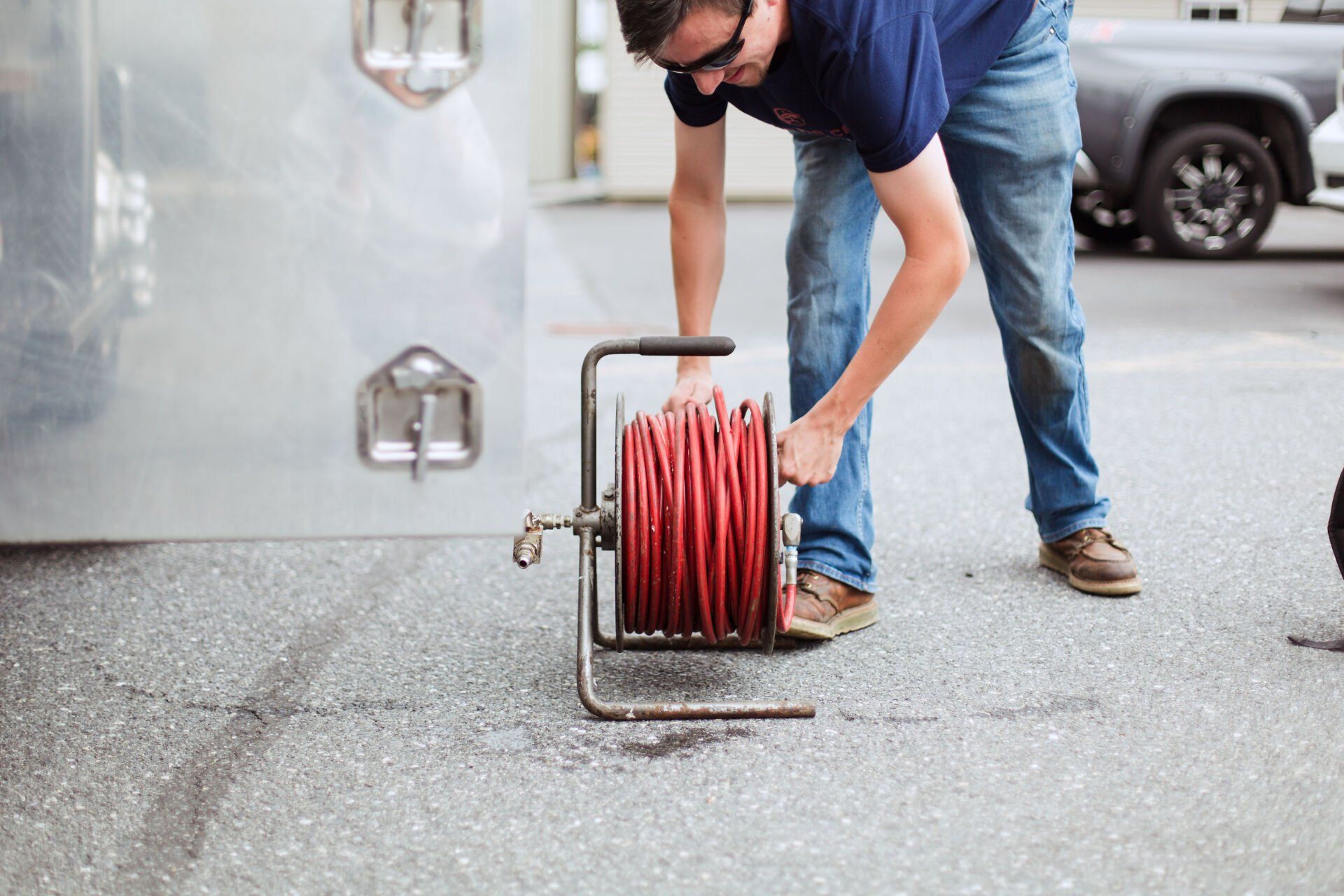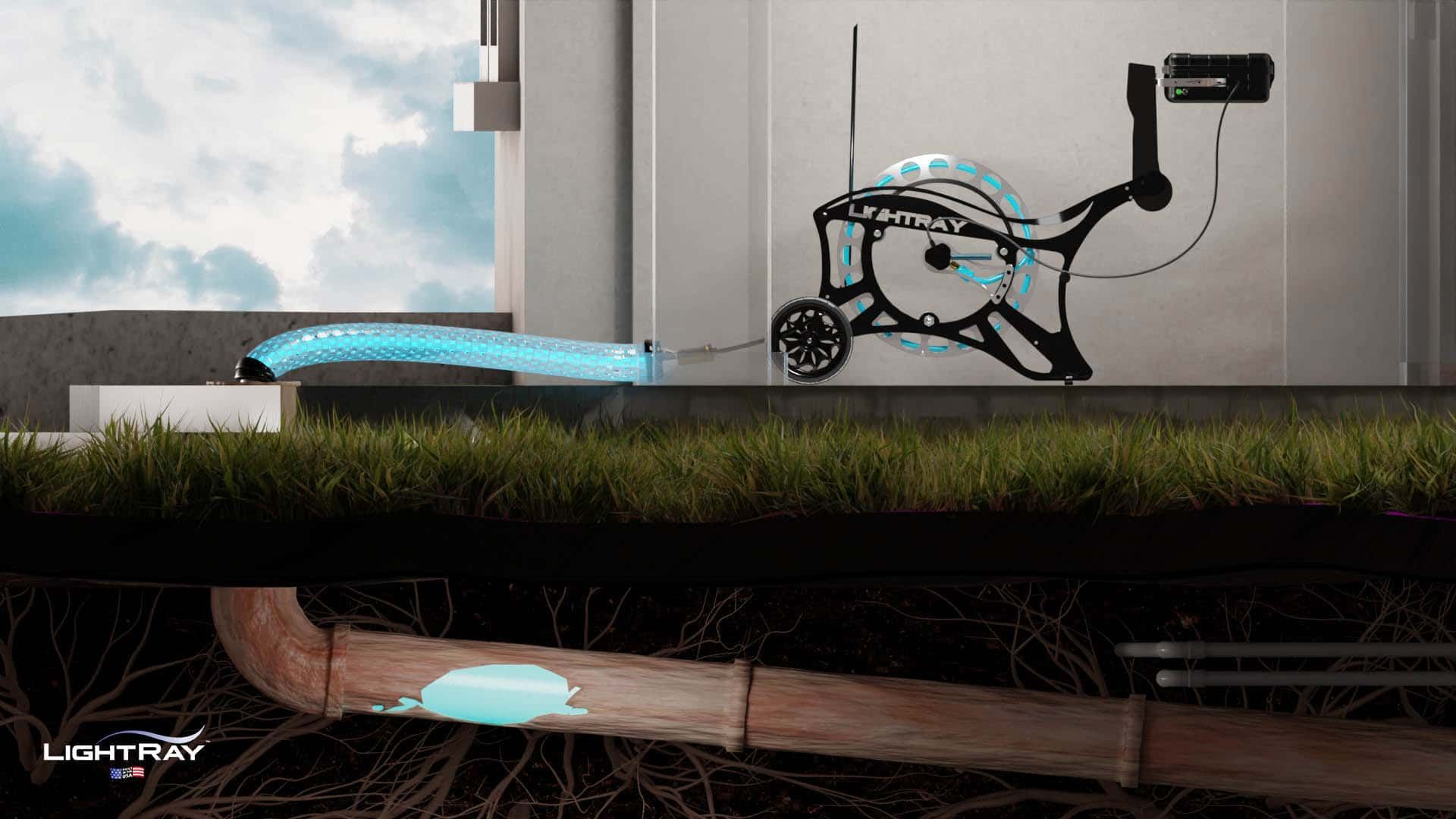3 Grease Trap Tips for Restaurant Owners
From the guys at John Kline Septic Services
How Grease Traps Work
Grease traps are designed to trap fats, oils and grease (FOG), filtering these substances from going down the drain and entering the public sewer line. If your grease trap is not working properly, FOG can solidify and build up inside your pipes. When the build up becomes too much, the FOG can block other particles of food and waste from passing and before you know it you have a major backup in your kitchen.
How to Keep Your Trap Working Properly
The easiest way to prevent a messy backup is to have your grease trap serviced and inspected regularly. If you’re new to the restaurant business or you’re not sure your small operation needs a grease trap, we’re happy to review your kitchen habits and help you create some best practices for grease and waste removal. The more grease your establishment produces, the more often your trap will need to be serviced. If your menu includes fried food you’ll definitely need to consider a routine maintenance plan.
There are also some things you can do on your end to promote a healthy grease trap. Our technicians put together their top 3 tips for restaurant owners below. Keep reading to see how you can save your business time and money when it comes to grease waste removal.
- Make sure your food prep and wash sinks are tied into a trap.
Regardless of the types of food you prepare, this will help prevent food particles, grease and debris from going down the drain. - Train your staff to dump food waste and grease from pots/pans and dishes into the trash – not down the drain.
This will make dish washing easier too! - Ensure your trap is the right size for your business.
If your business has grown or your menu has changed but your kitchen has not, make sure your trap can handle the amount of waste you’re producing. If you’re not sure how to check, ask one of our friendly technicians. We’re happy to review your kitchen and your trap to make sure everything is functioning properly.
If you’d like more information on routine grease trap pumping, don’t hesitate to contact us today and request a commercial service quote. We can help you determine how often your trap should be cleaned and our technicians will inspect your trap, drain lines and baffles to ensure things are working properly. We’re the same Kline family that’s been servicing Lancaster, York, Lebanon and Dauphin county restaurants for over 60 years and we guarantee great rates and great service!






